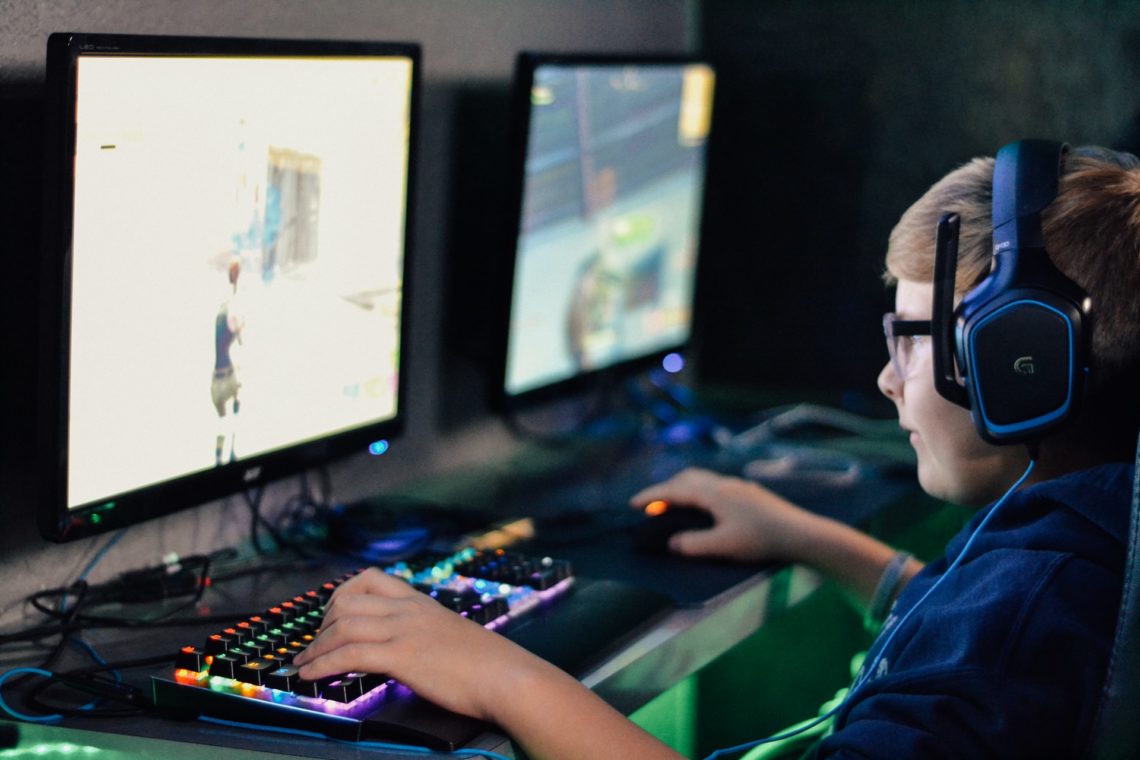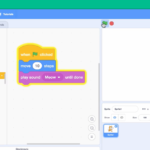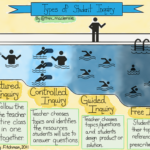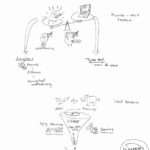After covering gaming this week, I’m not sure I’m convinced of its value in the classroom. Youth, and people generally these days seem to spend an inordinate amount of time in front of a screen playing games, browsing YouTube and the web, and/or on social media. I personally feel the draw of some of these activities despite acknowledging that they aren’t very fulfilling and do not contribute to wellbeing. Technology provides unprecedented access to information and can be an extremely versatile and powerful tool. Learning to harness technology to these ends definitely has a place in the classroom, but the case for gaming seems to be more about harnessing the engagement potential (addictive power?) for educational ends. This idea is plausible, but as Amy Novotney mentioned in this week’s reading Gaming to Learn, research hasn’t demonstrated gaming’s value for learning. Given the more than two decades of computers in schools and the financial interests of software and gaming companies, I would think if a clear benefit existed, it would be widely known about.
Turning to Bad News, the game we all played in this week’s class: I found it to be fairly successful at conveying some information about media literacy and disinformation, and a bit of fun at the same time. It was certainly a better learning experience than a dry lecture on the topic, but I think there’s lots of potential for very engaging learning activities on this topic. Digging into real world examples of disinformation or conspiracy theories is one idea, or running an internal blog and/or twitter like platform and having students compete for views is another.






